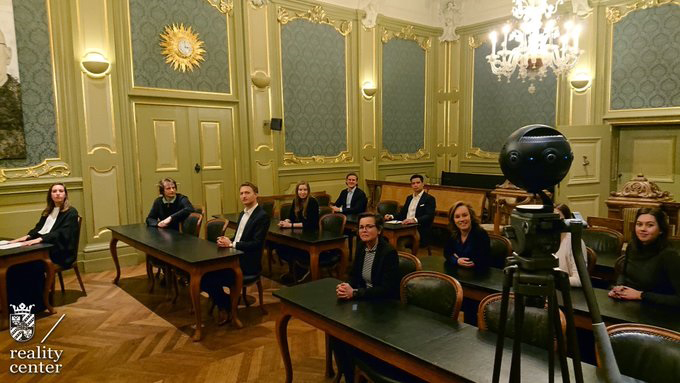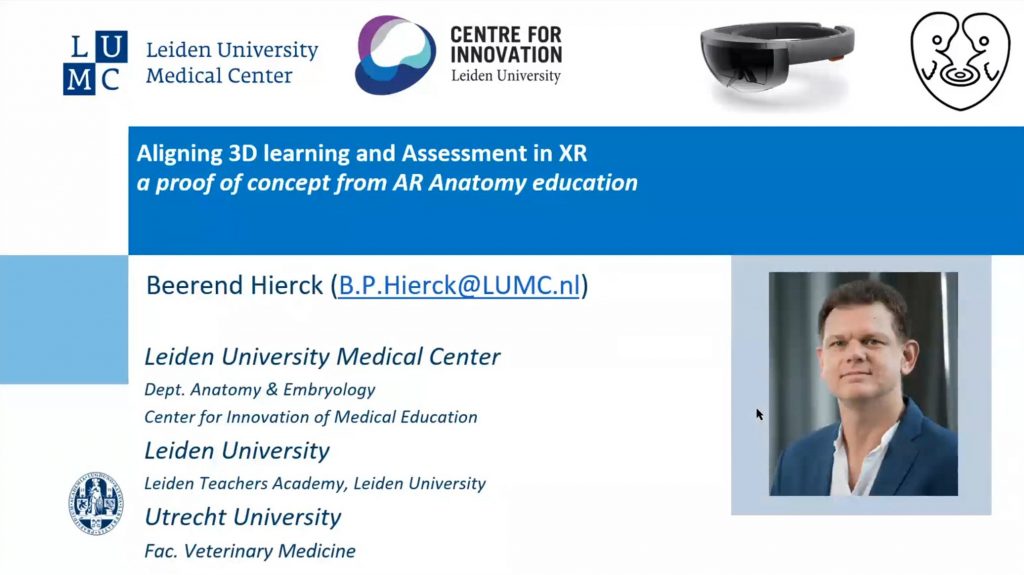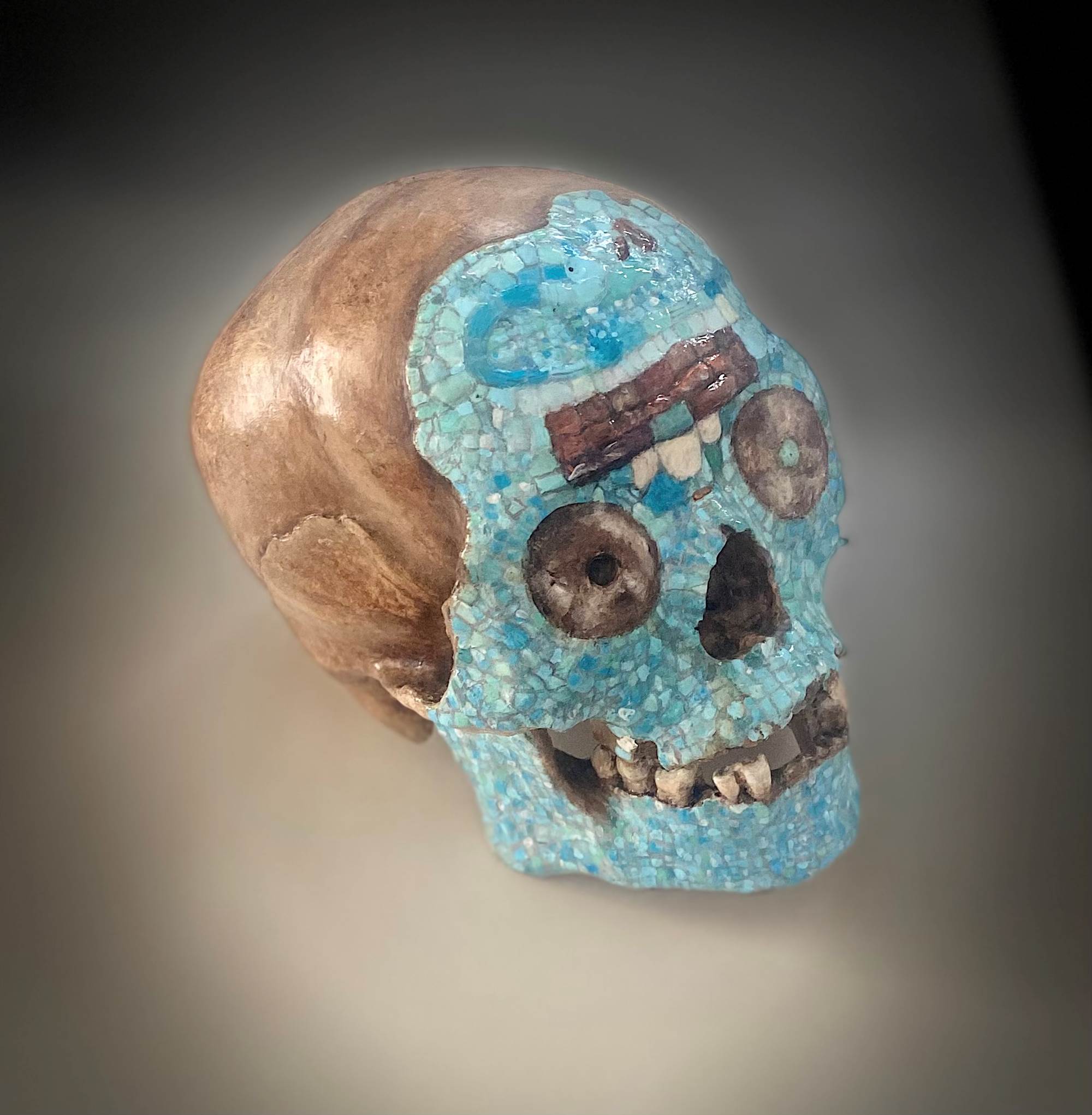Learning and assessing are closely related, so when systems of learning evolve, so should assessing the gained knowledge. In this meetup we invited Beerend Hierck to talk about the recent studies he performed in collaboration with a team from Imperial College (London) on using 3D assessment scenarios in a HoloLens application for anatomy education.Together, we discussed the opportunities and challenges in this rapidly evolving field.
About Beerend Hierck
Beerend Hierck is an assistant professor who has been developing and improving XR applications for learning and assessing within the context of anatomical education. Several applications have been developed in collaboration with the Centre for Innovation (DynamicAnatomy, AugMedicine) wherein students could learn about physiology and conditions of the body simulated in collaborative 3D AR.
Beerend’s presentation from meetup 6
The first part of the meeting consisted of Beerend’s presentation, which we have recorded for you and uploaded below. In the presentation Beerend talked about the development of XR applications and the closing disjunct between learning and assessment methods in his field of anatomy. He also highlighted recent interesting finds. For example, it was found that students with low spatial abilities benefit greatly from learning in 3D environments.
Q&A Session with Beerend Hierck and the XR ERA Community
After the inspirational presentation the participants were invited to discuss the matters of the presentations, ask questions to Beerend and give feedback on the methods. The first question was asked right off the bat by Maarten Struick, and enthusiastically addressed Beerend with a question on the collaborative aspect of the applications.
‘Do students only benefit from this technique (AR learning) in a collaborative setting?’

Beerend explained that for teachers and students, the strongest incentive is to actually learn together. 3D Augmented Reality learning can offer students dynamic exploration of models and environments while still seeing others interacting with the same models. In comparison to VR learning, where others would have been represented by abstracted avatars, this collaboration in the same space complements AR learning greatly. One of the XR ERA members remarks that this of course depends on what the learning goal of the particular experience has and refers to the ‘Learning in three dimensions’ report as well as the VR PleitVRij application as examples for collaborative VR learning.
‘Realistic vs. Abstract learning environments in XR’

Image courtesy of Reality Center Groningen Twitter
This question sparked another interesting discussion about how realistic settings or abstracted learning environments might affect learning in XR. In PleitVRij law students are able to learn pleading skills collaboratively in an authentic VR environment similar to real life experience which has a positive effect. The discussion continued on towards how specific learning goals require or benefit from either of these two representations. As with the previous PleitVRij example, ‘Time to Act’, a project in which interns are thought to perform medical assessments under simulated real-life circumstances. With both examples given, the learning environment positively affects the learning goal, adding realistic factors like busy environments and distractions or a sense of realism and immersion to a court session. Currently an article is being written about environmental storytelling in XR learning which highlights these phenomena which we will post soon.
‘How is haptic feedback currently used in the method?’
Monika Theron, asked the question how haptics are currently implemented in the method to which Beerend responded that they are still looking into technical advancements that might make haptics feasible for the current method. In situations like feeling for dysfunctionalities in the lungs (eg in case of pneumothorax) or feeling dysfunctions in blood vessels by exploringthe arterial pulse, haptics can play a very informative and important role in preparing students for real-life situations. Currently however, these features are still in the works, though Beerend was very positive in responding to the good ideas on implementation of this particular technique.
Looking towards the future of learning and assessing in XR

Beerend was asked about the most challenging aspects of his work in the near future. He responded that those would revolve around creating more high-quality 3D models to expand the curriculum, most of these models are currently not of sufficient quality to be used in education. Beerend also expressed the need to evaluate the current setup so that it is more robust in terms of usability and able to comply with rules and privacy demands that might change in the future.
Also, Beerend and his team aim to replace paper-type tests without compromising the skill level of the tests. Currently, most assessments are based on recognising, naming and demonstrating knowledge. More focus should be placed on how to create higher order levels of assessments using AR technology, which also will help to increase the feasibility of the method. This method of assessment should be developed in parallel with the learning methods in AR so assessment always reflects the way students acquire knowledge.
On a similar note, tools like Microsoft Mesh might contribute to smoother collaboration between students and teachers at a distance.
Furthermore
- Be sure to check out the Recap of Meetup #4 here if you haven’t already
- If you want to be present at the next Meetup, sign up to become a member of the XR ERA Community here!
- Meetups will from now on take place on the 3rd Thursday of every month at 15:30 CET!



